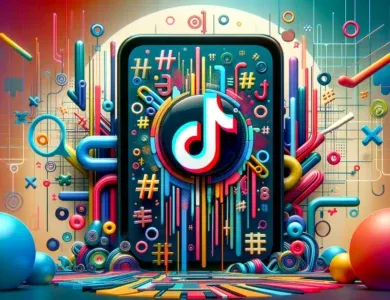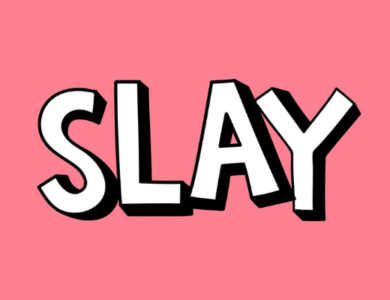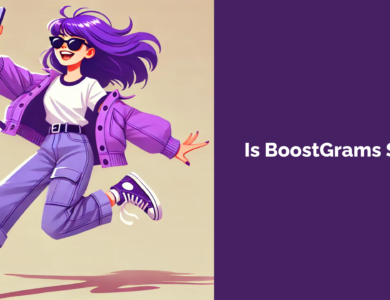What Does SMH Mean? TikTok Slang

“SMH,” short for “Shaking My Head,” is one such acronym that stands out for its ubiquity and versatility. There’s a good chance you’ve heard this word on TikTok before. This three-letter shorthand goes beyond mere letters; it conveys a spectrum of emotions — from disbelief and disappointment to exasperation. Originating in the early days of internet slang, “SMH” has since become a staple in texts, social media posts, and even in the less formal corners of professional emails. Its simplicity allows for instant connection over shared sentiments, making it a key player in the digital lexicon. This piece dives into the essence of “SMH,” exploring its roots, usage, and the cultural impact it holds in our interconnected, online world.
SMH Example Using
Here are several examples of short sentences using “SMH” to illustrate its versatility and how it can convey a range of emotions and reactions in different contexts:
- “Forgot my keys again, smh.”
- “Just saw someone pour milk before cereal, smh.”
- “Missed the bus by a second, smh.”
- “He said the Earth is flat, smh.”
- “Another deadline missed, smh.”
- “Movie spoilers on my feed, smh.”
- “Tripped over nothing, smh.”
- “Wifi down during my presentation, smh.”
- “Read the instructions wrong, smh.”
- “They canceled my favorite show, smh.”

Where Did It Come From?
The term “SMH” is emblematic of the dynamic and ever-evolving landscape of internet language. Its conception can be traced back to the early 2000s, a time when internet forums and instant messaging began to flourish. In these digital spaces, where conversations unfold with the rapidity of thought, users sought efficient ways to express complex emotions and reactions. “SMH” emerged as a solution, a linguistic shorthand for a physical gesture that transcends cultural and linguistic barriers — the act of shaking one’s head in disbelief, disappointment, or disapproval.
This abbreviation’s journey from internet forums to widespread acceptance across various digital platforms showcases the organic nature of language evolution in the digital age. As new platforms like social media sites and messaging apps took center stage, “SMH” was adopted by a broader audience, becoming a versatile expression that could convey a range of emotions with precision and brevity. Its integration into the digital lexicon reflects not just a change in the way we communicate but also a shift in our cultural practices around communication, where speed and efficiency are prized.
The evolution of “SMH” is not merely a function of technological advancements but also of the changing needs and values of digital communities. It represents a move towards more nuanced forms of expression, capturing the subtleties of human emotion in a way that words alone sometimes cannot. This transition from niche to mainstream usage underscores a broader trend in online communication: the blending of textual and non-verbal cues to enrich digital interactions.
Usage and Contexts
Understanding the myriad ways “SMH” is wielded in digital conversations reveals the depth of its utility and the breadth of emotions it encompasses. This acronym, compact yet rich in meaning, serves as a linguistic chameleon, adapting to a wide array of contexts and tones, from casual banter among friends to pointed critiques in public forums.
“SMH” often appears in response to humorous or mildly irritating situations. For example, a friend might share a story of forgetting their keys, eliciting an “SMH” to convey a mix of sympathy and amusement. This use underscores the term’s flexibility, enabling users to express a gentle chiding or light-hearted disapproval without the need for elaboration.
On platforms like Twitter or Facebook, “SMH” transforms into a tool for social critique. When users encounter news stories or events that showcase folly or injustice, “SMH” succinctly expresses dismay or disbelief. This usage highlights how digital language can encapsulate complex societal reactions, offering a concise way to signal disapproval or concern.
Interestingly, “SMH” has started to make appearances in less formal professional emails and online discussions, bridging the gap between personal and professional discourse. Here, it signals frustration or disappointment in a way that is relatable yet maintains a degree of professionalism. For instance, a team member might use “SMH” in an internal chat to express disbelief at a project’s unexpected setback, leveraging the acronym to convey emotion efficiently in a work context.
The versatility of “SMH” is a testament to its significance in digital communication. It serves not just as a bridge between different forms of expression but as a reflection of the evolving ways in which we connect and convey emotions online. By adapting to various contexts, “SMH” enriches our digital dialogues, offering a succinct way to share reactions that might otherwise require a multitude of words.








